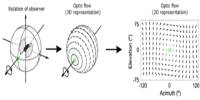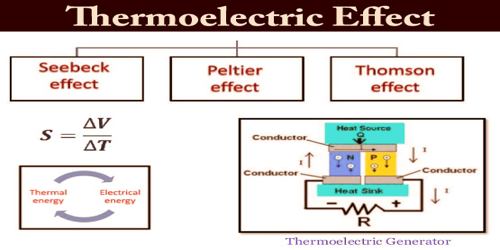Professor Kim Se-yoon of the Department of New Material Engineering at Kyungnam University and the DGIST (President Park Jae-gyu) Thin Film Solar Cell Research Center (Chairman Gang Jin-gyu) collaborated to look into the root of pore formation, a problem in CZTS thin-film solar cells, which are environmentally friendly general-purpose thin-film solar cells.
Solar cells are a type of renewable energy that is easily accessible and produces electricity by converting solar light energy into electrical energy.
Among them, CZTS thin film is the easiest to mass-produce since it mostly consists of cheap, non-toxic elements like copper, tin, and zinc. Additionally, it can be used in a variety of fields due to its ability to bend.
With a power conversion efficiency of 12.6%, the DGIST Thin Film Solar Cell Research Center created the world’s most efficient solar cell in 2019. However, other flaws such the generation of pores of varied sizes close to the lower electrode (pore defects) need to be fixed.
The pore creation behind the absorption layer, a concern with CZTS thin-film solar cells, was investigated by the DGIST Thin Film Solar Cell Research Center and a research team from Kyungnam University lead by Kim Se-yoon.
In this study, we induced change in the microstructure during the initial reaction by changing the deposition order of the metal thin film and we were able to suppress pore formation by doing so. In addition, we will make efforts to secure process technology that resolves the problem of pores of two different sizes at once.
Professor Kim Se-yoon Kim
It is more significant because it is a technique that uses a relatively straightforward premise to regulate pore flaws. The coating of copper, zinc, and tin in random order, followed by a high-temperature reaction with sulfur and selenium, results in the CZTS absorber layer.
It was now established that zinc coating first prevented the formation of big holes. It is anticipated that this source technology will significantly boost the power generation efficiency of CZTS-based thin film solar cells by suppressing pore formation.
DGIST Senior Researcher Kim Dae-hwan said, “As major achievements of this study, we presented a new pore inhibition model different from the ordinary model and developed a technology that can inhibit pore formation defects in a simple way.”
“In this study, we induced change in the microstructure during the initial reaction by changing the deposition order of the metal thin film and we were able to suppress pore formation by doing so,” said Professor Kim Se-yoon Kim of Kyungnam University. He went on saying,
“In addition, we will make efforts to secure process technology that resolves the problem of pores of two different sizes at once.”
For this study, Professor Kim Se-yoon of Kyungnam University and Researcher Kim Seung-hyeon of the DGIST Thin Film Solar Cell Research Center participated as the first authors and Kim Dae-hwan and Gang Jin-gyu, senior researchers at the center, as corresponding authors.















